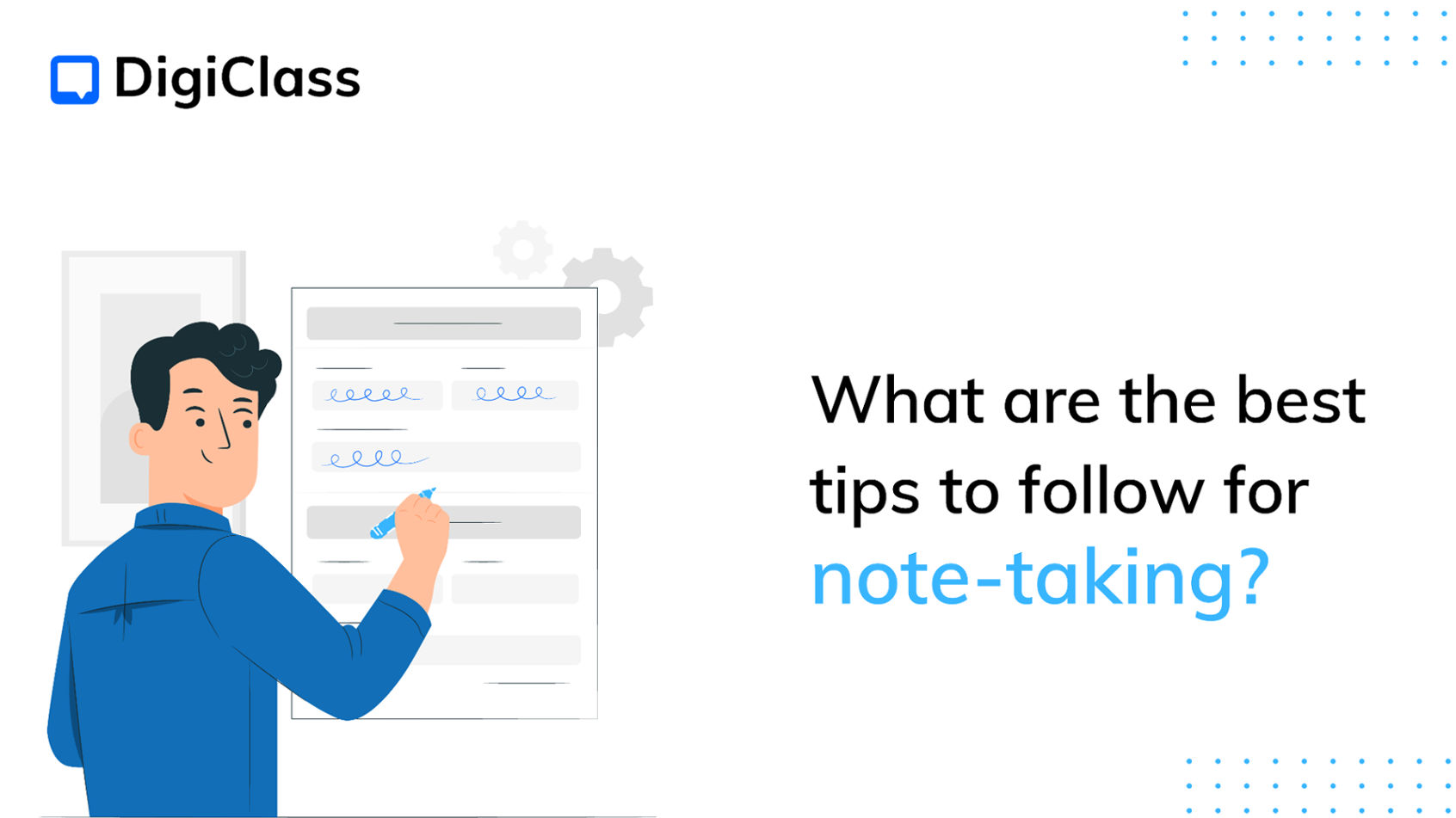Taking ongoing meeting notes, lecture notes or interview notes can be chaotic as you might end up with papers of scribbled information that is hard for you to decipher. Note-taking is an effective way to take down valuable information comprehensively.
So what method do you prefer while taking notes? Among the varieties of processes, we are focusing on the Quadrant method of note-taking.
What is the Quadrant method?
The quadrant method is an impressive manner of note-taking where you divide the paper into 4 spaces or quadrants and each section is titled.
How to implement the Quadrant method in learning?
Do you prefer learning while sitting at an organised table or in the middle of a table filled with books and files? The latter barely gives you space to move and thus your mind feels cluttered. A clean study space is proven to be a stimulating factor for studying better.
The same goes for taking notes while studying or during lectures. The more organised the better.
Let us take a simple example:
What to focus on while taking study notes?
- Clear the clutter
- Easy navigation
- Proper division of topics
- Prioritizing sections
- Labels and colours
- Figures, charts, and icons stay longer
Why do hand-written notes are preferred over digitally typed ones?
Research has shown that hand-written note-taking keeps the mind alert and active throughout which increases the level of retention in students.
Benefits of taking hand-written notes:
Getting your notes organised
Efficient note-taking is a crucial aspect of learning, as it allows you to condense and summarise information in a way that is easy to review and revise. By utilising the quadrant method, you can create a single-page summary that provides a comprehensive overview of the entire session. To enhance your notes, you can include additional information, figures, and examples that clarify complex concepts. Visual aids can be especially helpful in reinforcing your understanding of the topic.
Although the process seems tedious, once done you are left with a useful set of notes that you can review and revise for all your assessments and learning.
Although the process seems tedious, once done you are left with a useful set of notes that you can review and revise for all your assessments and learning.
The way you tend to memorise a song after hearing it a dozen times, the more you read your notes the more the facts and numbers get imprinted on your mind. A renowned physiologist, Hermann Ebbinghaus, has highlighted the fact that reviewing and re-learning the information creates higher chances of a recall. So, skimming through your notes often gives you a high rate of understanding.
To dive deep into the Quadrant method click on the link below for a better insight:
https://www.youtube.com/watch?v=yxHPScN_ct4
Well, this brings us to a conclusion on the importance of effective note-taking. Comprehensible and organised notes are an unavoidable practice for learners and fuel your thought process with high-level engagement. So are you ready to level up the game with the best note-taking methods?
Try the Quadrant method for an easy and creative learning process!




